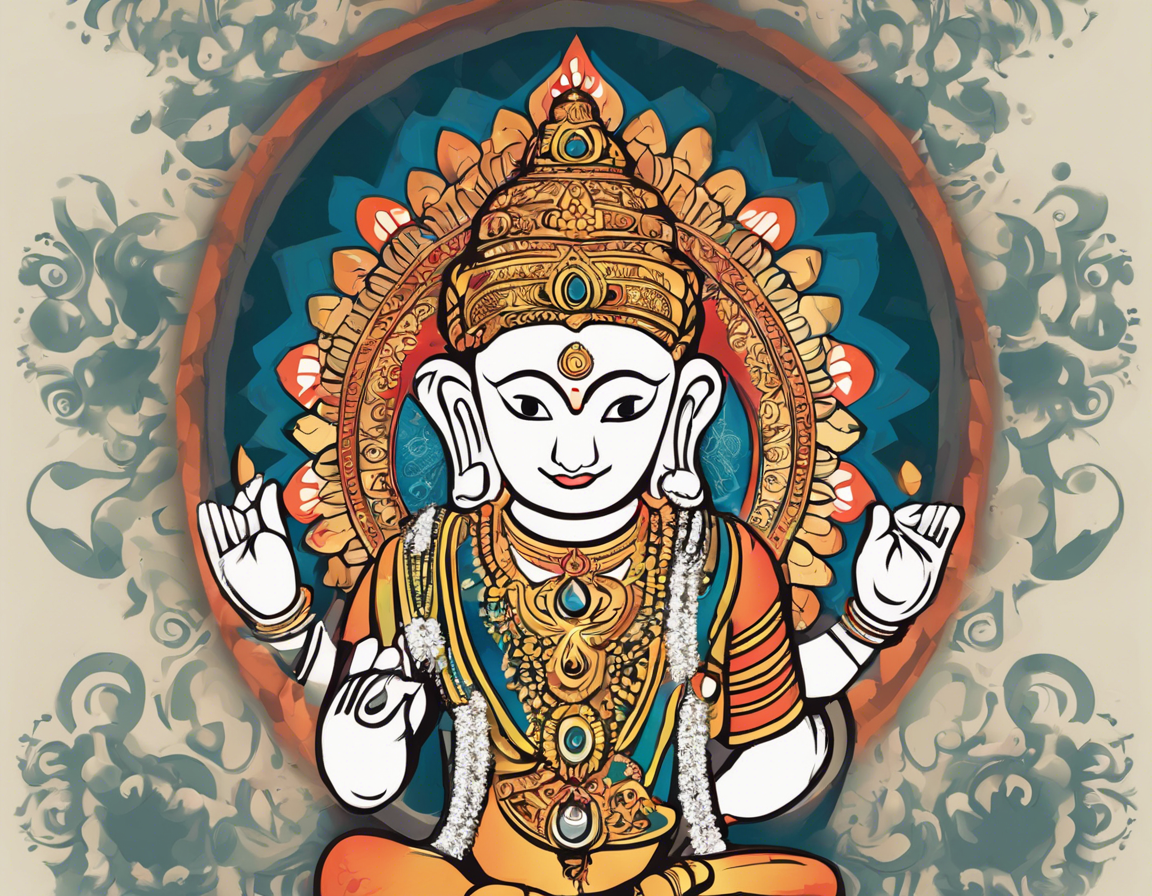Exploring the Significance of the Ramlala Murti: A Divine Representation
A Ramlala murti is a sacred and symbolic representation of Lord Rama as an infant. It holds immense importance in Hindu culture and has been a central aspect of worship for devotees for centuries. The term “Ramlala” itself translates to “Rama as a child” in Hindi, signifying the deity’s portrayal as a young and innocent figure.
Significance of the Ramlala Murti
1. Devotional Appeal
- The depiction of Lord Rama as a child creates a sense of endearment and affection among followers. It fosters a unique emotional connection with the divine, different from the more mature and regal representations of the deity.
2. Symbolism of Innocence
- The Ramlala murti symbolizes the innocence, purity, and divine playfulness of childhood. It serves as a reminder of the childlike virtues that one must embody in their spiritual journey.
3. Teaching Humility
- Worshipping Ramlala teaches humility and simplicity, as devotees are reminded of the greatness of the divine in the form of a vulnerable and dependent child.
4. Parental Love
- The murti also represents the affection and love that parents have for their child, reflecting the deep bond between the divine and humanity.
5. Universal Appeal
- The image of a child is universally endearing and relatable, making the worship of Ramlala accessible to people of all ages and backgrounds.
Rituals and Practices
1. Daily Puja
- Many devotees perform daily puja rituals for the Ramlala murti, offering flowers, incense, and sweets as a token of devotion.
2. Festivals
- Special festivals like Ram Navami and Janmashtami hold particular significance for the worship of Ramlala, with elaborate ceremonies and processions dedicated to the deity.
3. Cradle Ceremonies
- In some traditions, cradle ceremonies are conducted for the Ramlala murti, symbolizing the divine birth of Lord Rama and inviting blessings for children in the household.
4. Narration of Stories
- The stories of Lord Rama’s childhood, especially his adventures and exploits as a young prince, are narrated and relished during worship ceremonies.
Importance in Bhakti Tradition
1. Emotional Connection
- The Bhakti tradition emphasizes the importance of developing a deep emotional bond with the divine, which is easily facilitated through the worship of Ramlala.
2. Simplicity and Surrender
- Worshipping Ramlala encourages devotees to approach the divine with simplicity, surrender, and unconditional love, essential aspects of the Bhakti path.
3. Intimate Relationship
- The child form of Lord Rama allows for a more intimate and personal relationship with the deity, fostering feelings of closeness and trust.
FAQs about Ramlala Murti
1. What is the origin of the tradition of worshipping Ramlala?
- The tradition of worshipping Ramlala dates back to ancient times, with mentions in texts like the Ramayana and various Puranas.
2. Can anyone worship Ramlala, or are there specific guidelines to follow?
- Ramlala can be worshipped by anyone with a sincere heart and devotion. There are no strict guidelines, but respect and reverence are essential.
3. How does the worship of Ramlala differ from other forms of deity worship?
- Worship of Ramlala focuses on the innocence and playfulness of childhood, offering a unique perspective on connecting with the divine.
4. Are there specific mantras or prayers dedicated to Ramlala?
- Yes, there are several mantras and prayers dedicated to Ramlala, including the “Balakanda” portion of the Ramayana and the “Bala Kandam” from the Skanda Purana.
5. What are the benefits of worshipping Ramlala?
- Worshipping Ramlala fosters qualities like humility, love, devotion, and simplicity. It brings blessings of protection, guidance, and emotional fulfillment.
In conclusion, the Ramlala murti holds profound spiritual significance in the hearts of devotees, offering a unique and cherished representation of Lord Rama as a divine child. Through rituals, stories, and practices, worshippers explore the essence of innocence, love, and devotion in their relationship with the divine, embodying the virtues exemplified by Rama in his infancy. Whether in times of joy or adversity, the presence of Ramlala serves as a beacon of light, guiding individuals on their spiritual journey with grace and compassion.

